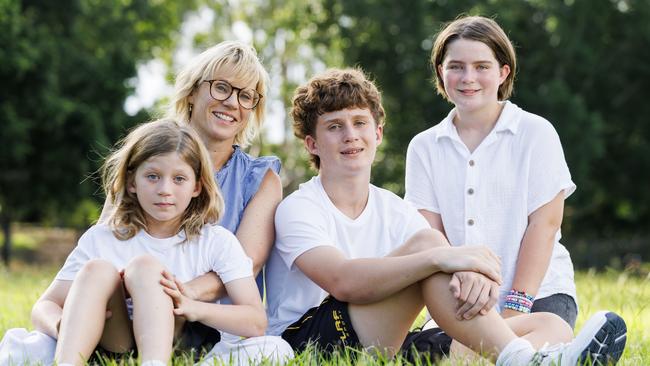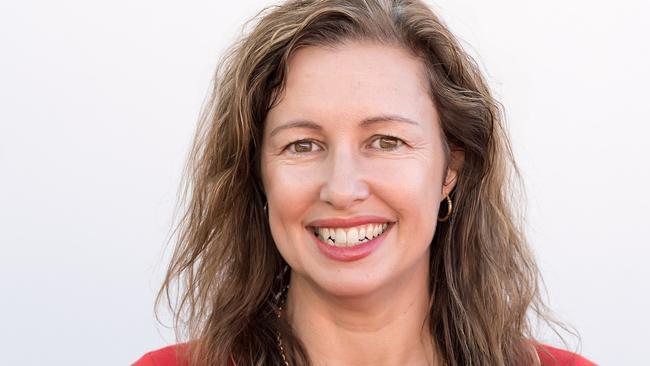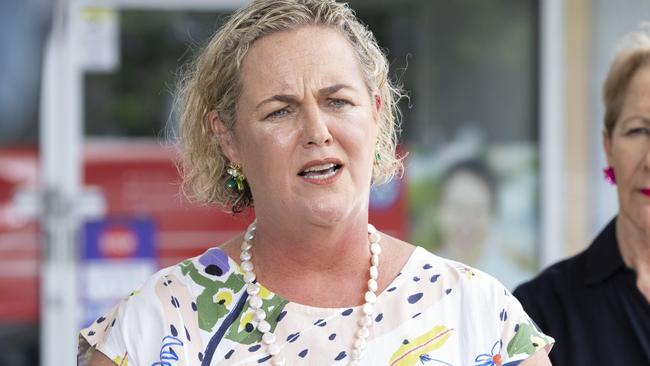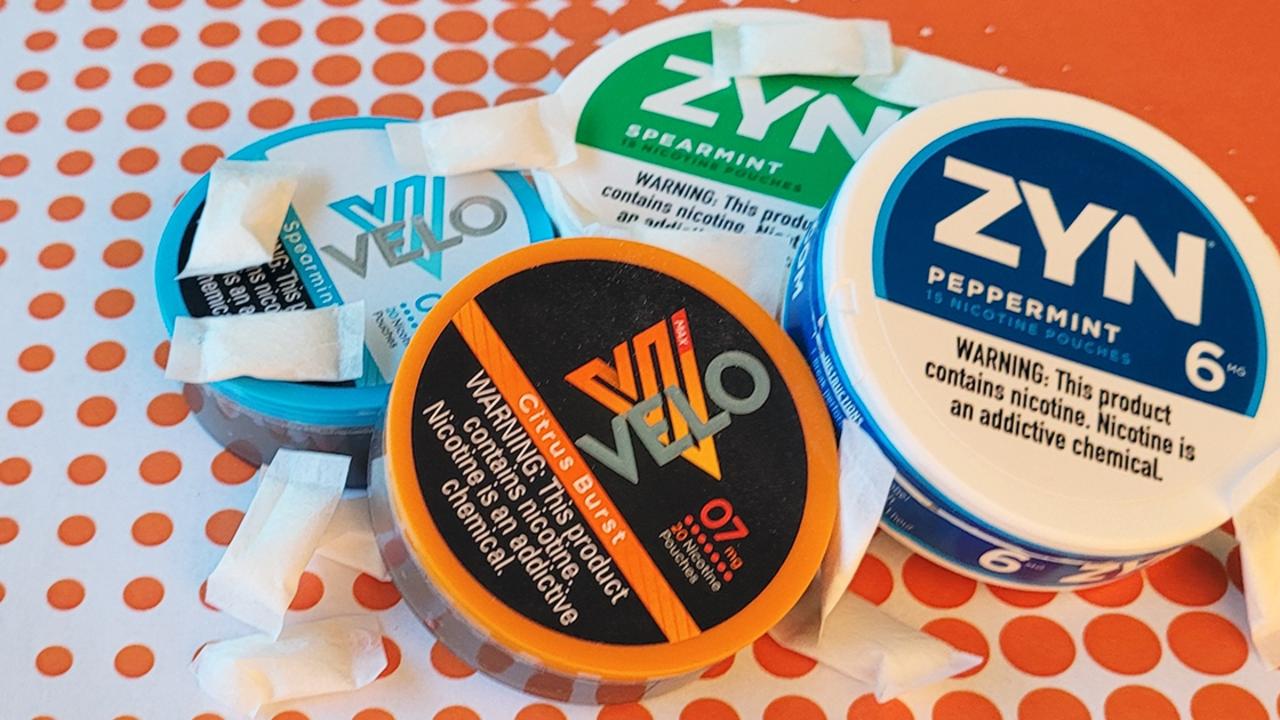Queensland parents, teachers at loggerheads over use of classroom behaviour charts
Old-fashioned behaviour charts are polarising Queensland school communities and sparking furious debate on social media.

Education
Don't miss out on the headlines from Education. Followed categories will be added to My News.
Old-fashioned behaviour charts are polarising Queensland school communities, with parents and teachers at loggerheads over whether the practice should still exist in the classroom.
Debate over the use of behaviour charts has erupted on social media, after parents told a popular Brisbane parenting forum of their dismay on learning their preppies’ behaviour would be rewarded or punished via a public display.
The Department of Education and Queensland Teachers Union both don’t have an overarching policy on the practice, but separately backed teachers and principals to use them as required.
But other experts say behaviour charts can have a negative impact on some children and disadvantage neurodiverse children who may struggle to regulate their emotions.
Triple P – Positive Parenting Program’s Carol Markie-Dadds said behaviour reward charts can be effective tools in the classroom.
“Charts work best when children know exactly what they need to do (rather than not do), they are used for just a few weeks and are part of a holistic and positive classroom strategy. Also, the goals need to be achievable,” she said.

“Group based charts where children are put into teams with mixed abilities, can help guide all children toward positive behaviours. The trick for teachers is to get in early, before problems occur, to reward individual children for what they are doing well.
“Problems can occur when charts are not used effectively. Sometimes they can result in exactly the opposite behaviour and can potentially affect a child’s natural inclination to co-operate or even negatively impact a child’s self-esteem and confidence.
“Every child is unique and develops their capacity for self-regulation and impulse control at different rates. The challenge for teachers is to be recognising and rewarding small improvements in every child’s development and behaviour.”

Queensland Teachers’ Union president Cresta Richardson said teachers and school leaders, in consultation with the community, are best placed to decide on student strategies.
“Based on a whole school approach, visual aids and tools, including behaviour charts, can be used to assist teachers and students to monitor students’ learning and wellbeing,” she said.
“We continue to work with the government to establish and fund a new school resourcing model that supports the increasing complexity and demands of diverse school community needs.”
A Department of Education spokeswoman said there is not a specific policy in place for state schools regarding the use of behavioural charts.
“Principals and teachers have the flexibility to respond to their local context and what works
best for their students when making decisions on strategies, such as the use of monitoring
charts to support student behaviour,” the Department spokeswoman said.
Brisbane mum-of-three Danyane Bowring said her eldest child, Xavier, benefited from a behaviour reward system when he was much younger.
“In Prep and Year 1, he had trouble sitting still. Some of those incentives helped him to realise what was the right choice he was supposed to make,” she said.
“He got Pokemon cards, that is what the teachers worked out for him, but it was a very individual thing. It helped him to rethink what his choices were and what was going to happen if he made a particular choice.
“I think it’s about congratulating and celebrating the good choices.”
Ms Bowring is also aware of the negative impacts the behaviour reward system can have.
“My daughter is generally really well-behaved,” she said.
“She only got called out for the reward once or twice and she couldn’t understand why she wasn’t being acknowledged for always doing the right things.
“So that is where the challenge can come in.”
Ms Bowring said each school takes a different approach, and times change.
“At one of our current schools, they are discouraging teachers from doing it,” she said.
“The kids get reward points for the week and then depending on how many you get, you might be able to have an extra 10 minutes of free time, or get to go out to lunch early.
“I’ve also seen it used as a group incentive, where kids in a group get marbles for being quiet and handing their work in, so it also teaches them to work together.”



